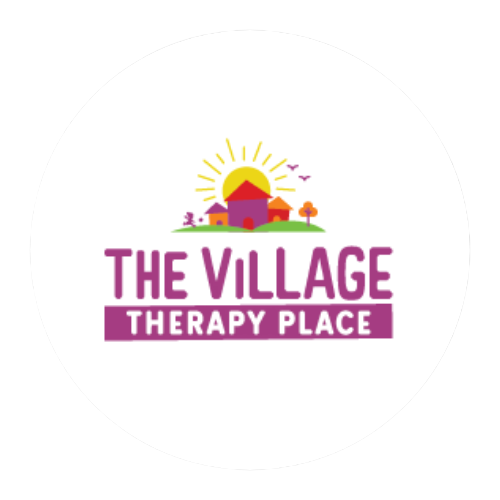Fuhgeddaboudit! Help your Child with Auditory Processing Disorder Hear and Understand the Sounds in Words
Authored By Elise Weinstein, MS, CCC-SLP, Speech Therapist at The Village Therapy Place
Does your child have difficulty reading and spelling as a result of his auditory processing disorder?
Looking for ways to help him better hear and understand the sounds in words?
Today’s tip: focus on activities that improve your child’s phonological awareness skills.
Phonological awareness refers to the awareness of the units of speech in words. This can refer to the awareness of syllables in words, the awareness of the individual sounds that comprise words, and the awareness of rhyming words.
Skills to Target:
· RHYMING
o Understand if Words Rhyme
§ Start with words that are very dissimilar (e.g. ball – hat) and work up to more similar words (e.g. ball – bar).
§ Which word doesn’t rhyme with the rest? (e.g. cat – rat – top – sat)
o Create Your Own Rhymes
§ Think of a word that rhymes with _____.
§ Which word rhymes with __?
For game ideas, look out for our post coming soon-Rhyme Time!
· SYLLABLES
o Blending Syllables
Blend syllables together to create a word (e.g. what word is this: “li-bra-ry?”).
o Segmenting Syllables
Break up a word into syllables (e.g. how many syllables does “baseball” have?)
o Adding Syllables
Add a syllable to a word (e.g. can you say “er” after you say “farm”?...farmer)
o Deleting Syllables
Take away a syllable from a word (e.g. can you say “cowboy” without “boy”?)
For game ideas, see our post coming soon-Sy-lla-bles…Syllables!
· SOUNDS
o Blending Sounds
Blend sounds together to create a word (e.g. what word is this: b-ay-g-l [bagel]).
o Segmenting Sounds
Break up a word into individual sounds (e.g. how many sounds do you hear in “cat”?)
o Adding Sounds
Add a sound to a word (e.g. can you say “cat” with an “s” at the end?...cats).
Note: make sure to say the sound (e.g. ssssss), not the name of the letter (e.g. “es”).
o Deleting Sounds
Take away a sound from a word (e.g. can you say “stop” without “s”?...top).
o Manipulating Sounds
This is the hardest task. Instead of adding or deleting a sound (one thing to remember), change one stound to another sound (e.g. what does “cat” say if I change “a” to “uh”? [cut]. What does “cat” say if I change “k” to “h”? [hat] What does “cat” say if I change “t” to “b”? [cab]).
For game ideas, see our post coming soon-Play with Sounds!
By incorporating phonological awareness tasks, you are exercising your child’s brain and training the brain to listen to and understand individual units of speech. Repeated practice will make the neural pathways stronger, and help your child better understand what he hears.
Follow us next week for another way to improve auditory skills: Targeting Temporal Aspects of Speech!
Who We Are:
We, at The Village Therapy Place, located in Wyckoff, NJ- in Bergen County-aim to provide integrative, neurodevelopmental, individualized, pediatric therapy in a warm, fun, and collaborative environment.
We offer pediatric services that include physical therapy, speech therapy, occupational therapy, feeding therapy, and DIR Floortime.
At The Village Therapy Place, we utilize current and evidence-based treatment techniques to help treat your child during his PT, OT, speech therapy, feeding therapy and DIR Floortime session. These include sensory integration, reflex integration, therapeutic listening, Kinesiotape, craniosacral therapy, NDT, BrainGym, feeding therapy, PROMPT, to name a few.
Our expert pediatric therapists offer a variety of treatment options, including 30/45/60 minute sessions, group classes, at home sessions and virtual therapy to best suit your child’s needs.
The pediatric physical therapists, occupational therapists & speech therapists at The Village Therapy Place are in constant contact with a child's caregivers to facilitate lasting change.
Call us today at (201) 201-8220 or email us at office@thevillagetherapyplace.com to speak with a pediatric expert who truly cares!

